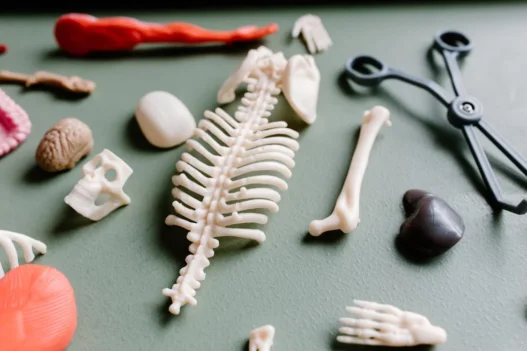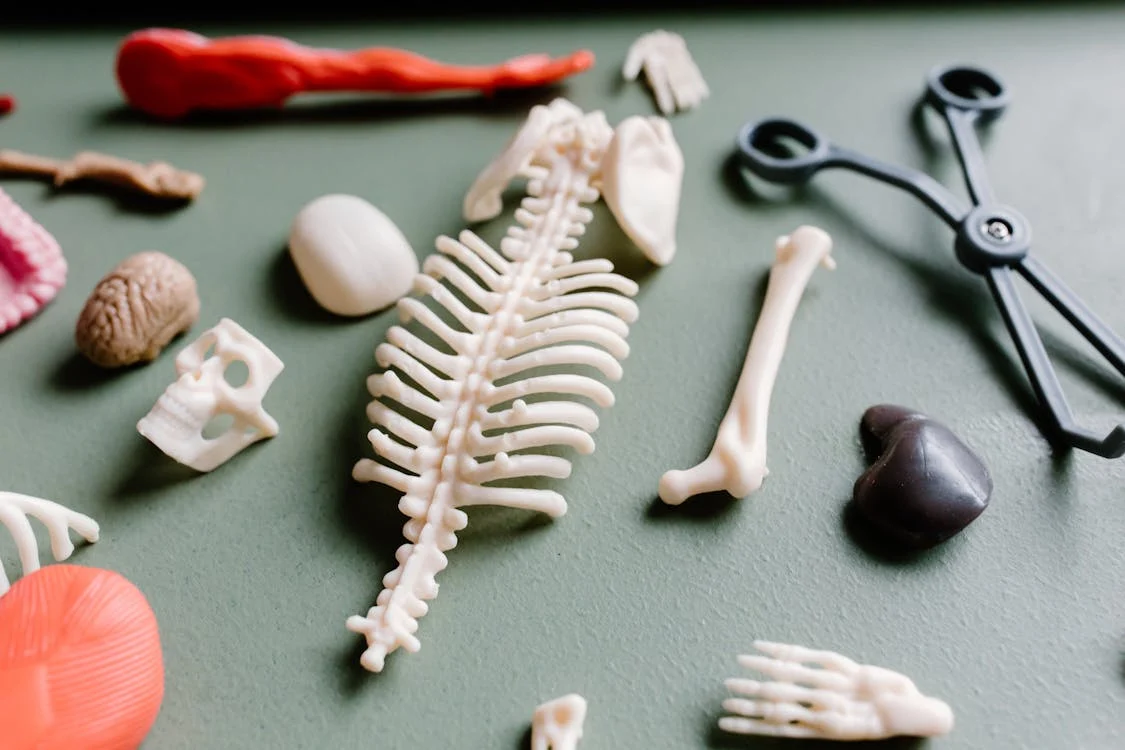0HBY3ZZ is the medical code for a procedure to remove an extra breast through the skin, rather than through a traditional surgical incision. This technique is known as a percutaneous approach.
Table of Contents:
- 🔎 Clinical Indication
- 📋 Preparation
- 📖 Methodology
- 🩹 Recovery
- 🚨 Complexity & Risk
- 🔀 Similar Procedures
🔎 Clinical Indication
0HBY3ZZ, or the excision of supernumerary breast using a percutaneous approach, may be performed to remove extra breast tissue. This procedure is typically done when a person has additional breast tissue that is causing discomfort or psychological distress.
The percutaneous approach involves making small incisions and using specialized tools to remove the excess breast tissue. This minimally invasive technique can result in less scarring and a quicker recovery time for the patient.
Overall, the excision of supernumerary breast using a percutaneous approach is a safe and effective option for those looking to address issues related to extra breast tissue. It can help improve both physical and emotional well-being for individuals dealing with this condition.
📋 Preparation
Before undergoing the excision of a supernumerary breast using a percutaneous approach, patients must typically undergo a preoperative evaluation. This may include physical exams, blood tests, and imaging studies to ensure they are healthy enough for the procedure.
In preparation for the surgery, patients are typically advised to avoid eating or drinking anything for a certain number of hours before the procedure. They may also be instructed to stop taking certain medications that could increase the risk of bleeding or other complications during the surgery.
Additionally, patients may be asked to shower with a special antibacterial soap the night before or morning of the surgery to reduce the risk of infection. It is also important for patients to arrange for someone to drive them home after the procedure, as they may not be able to drive themselves due to the effects of anesthesia.
📖 Methodology
During an excision of supernumerary breast using a percutaneous approach, a surgeon will remove extra breast tissue through a small incision in the skin. This minimally invasive procedure is often performed under local anesthesia to reduce pain and promote faster recovery. By removing the supernumerary breast tissue, the patient can achieve a more symmetrical and aesthetically pleasing appearance.
🩹 Recovery
After an excision of supernumerary breast utilizing a percutaneous approach, recovery typically involves some discomfort and bruising at the site of the procedure. Patients may experience tenderness and swelling in the treated area, which can be managed with pain medication and rest.
It is important for patients to follow their surgeon’s post-operative care instructions, which may include wearing a compression garment and avoiding strenuous activities. Most patients are able to return to their regular daily routines within a few days, although full recovery may take several weeks. It is essential for patients to attend follow-up appointments to ensure proper healing and monitor for any complications.
🚨 Complexity & Risk
Performing 0HBY3ZZ, also known as Excision of Supernumerary Breast through a Percutaneous Approach, is a complex surgical procedure involving the removal of an extra breast tissue using a minimally invasive technique.
Potential risks for patients undergoing this procedure include infection, bleeding, scarring, nerve damage, and adverse reactions to anesthesia. It is important for patients to discuss these risks with their healthcare provider before proceeding with the surgery.
🔀 Similar Procedures
Another medical procedure similar to Excision of Supernumerary Breast, Percutaneous Approach is the Excision of Lipoma, Percutaneous Approach. Both procedures involve using a percutaneous approach, which means the surgeon makes small incisions in the skin to remove the abnormal tissue without the need for a traditional open surgery.
In the Excision of Lipoma, Percutaneous Approach, the surgeon removes a benign tumor made up of fatty tissue called a lipoma. Just like in the Excision of Supernumerary Breast, Percutaneous Approach, this procedure is minimally invasive and usually results in less scarring, faster recovery time, and lower risk of complications compared to traditional surgery methods.
Both procedures are typically done on an outpatient basis, meaning the patient can go home the same day as the procedure. Overall, the Excision of Lipoma, Percutaneous Approach is another example of a minimally invasive procedure that offers numerous benefits for patients compared to traditional open surgeries.

